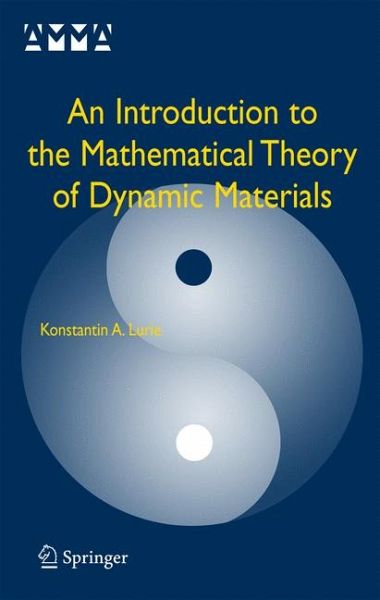The book discusses some general features of dynamic materials as thermodynamically open systems; it gives their adequate tensor description in the context of Maxwell's theory of moving dielectrics and makes a special emphasis on the theoreticalanalysis of spatio-temporal material composites (such as laminates and checkerboard structures). Some unusual applications are listed along with the discussion of some typical optimization problems in space-time via dynamic materials.
Audience
This book is intended for applied mathematicians interested in optimal problems of material design for systems governed by hyperbolic differential equations. It will also be useful for researchers in the field of smart metamaterials and their applications to optimal material design in dynamics.
Dieser Download kann aus rechtlichen Gründen nur mit Rechnungsadresse in A, B, BG, CY, CZ, D, DK, EW, E, FIN, F, GR, HR, H, IRL, I, LT, L, LR, M, NL, PL, P, R, S, SLO, SK ausgeliefert werden.









